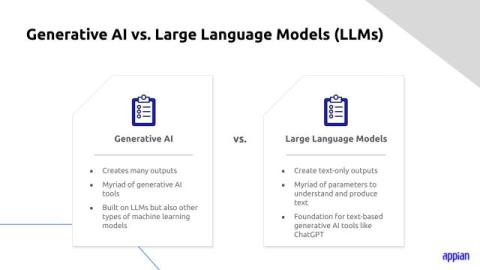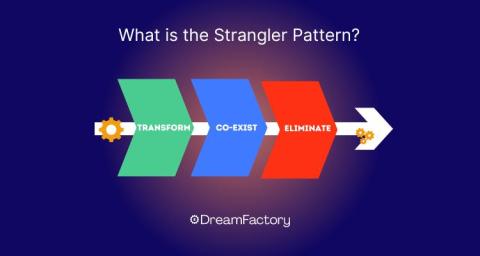The Key Differences Between Automated & Manual Software Testing
The fundamental difference between manual and automated software testing lies in execution. Manual testing requires human intervention, while automated testing uses scripts and tools. Testlio September 20th, 2024 Discover the Best Practices for Implementing Test Automation In this article, we will cover the core aspects of each testing method, including their definitions, pros, and cons. Additionally, we will discuss strategies for integrating both methods to optimize your testing process.











